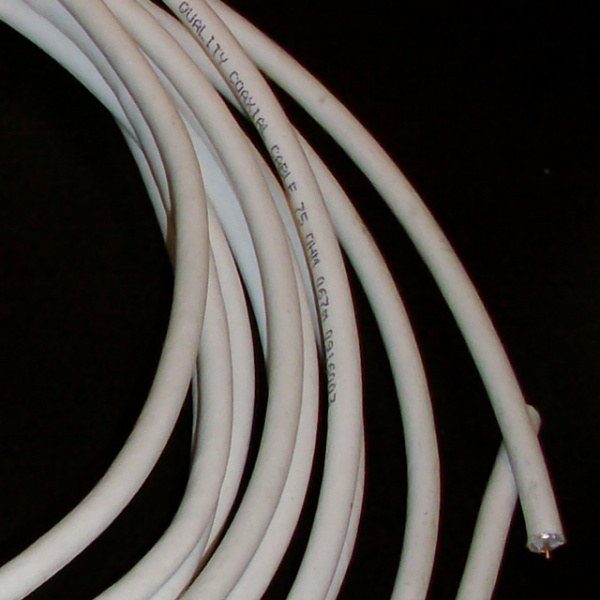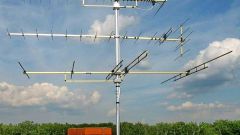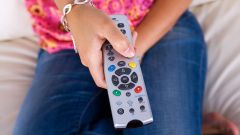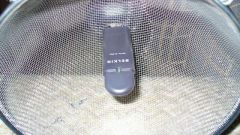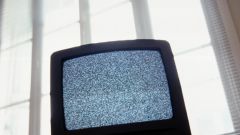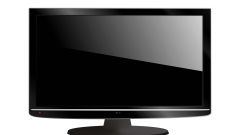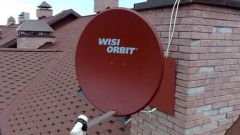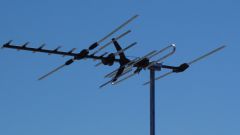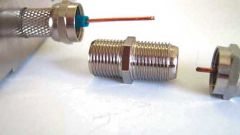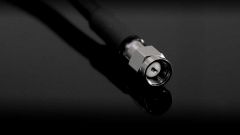Instruction
1
Note the wave resistance should be not less than 75 Ohms, as it determines the amount of interference. Cables usually have different diameters – 4 mm and 6 mm. it is Better to choose a cable with a larger diameter, as it affects the protection from interference and distortion.
2
By purchasing the cable, pay attention to its cut. Television cable consists of a Central core, layer of screen, aluminum foil and an outer insulation, performs the function of protection from damage. If the foil is absent, it's plain text says that the cable is poor quality and such is better not to take. In addition, the foil should not flake off, and pasted needs to be lapped.
3
Some of the metal needs to be made core, there is no consensus. Many clients prefer all copper wire, but experts say that the wire is of a metal alloy performs its functions is not worse and cheaper. Best option: foil provided with copper braid and the insulation must be very tightly pressed to her. Braid and foil to reduce signal loss by radiation, so the image quality will be higher.
4
Choose the cable with the most dense insulation under it did not get rain water if the dish mounted on the roof or on the balcony. If water gets inside the foil will break down, and the cable will quickly become unusable.
5
Calculating the square footage, consider all the slopes, lifts turns and don't forget to leave some in reserve in case you need to move the TV in the apartment. Be careful about purchase high-quality connectors and splitters. Do not use improvised twists and adhesions. Remember that this will depend on the quality of the image, and the length of the cable.
